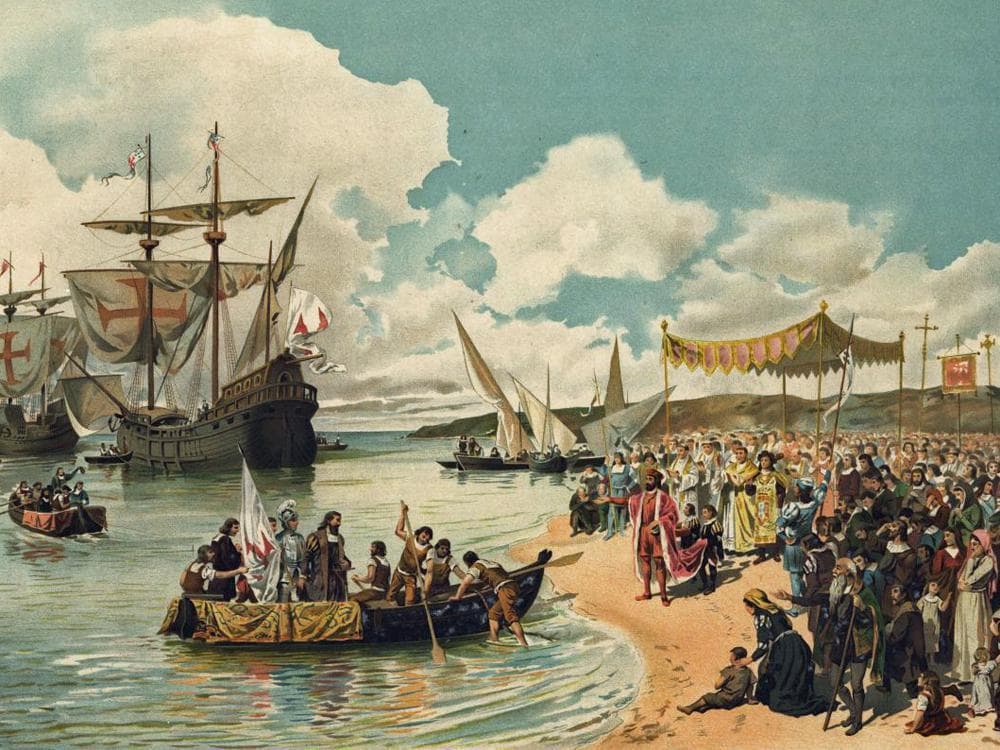


His ships inched their way down the African coast, voyaging thousands of miles farther than any previous explorer. Instead of heading west, da Gama went south.

To discover the sea route to India, he deliberately set his course in a different direction from Columbus, his great seafaring rival. He sailed blindly, virtually by instinct, without maps, charts or reliable pilots, into unknown oceans.Īs Nigel Cliff, a historian and journalist, demonstrates in his lively and ambitious Holy War, da Gama was abetted as much by ignorance as by skill and daring. But where courage could not bring him through violent storms, contrary seas and the machinations of hostile rulers, luck came to his rescue. On this voyage, as on his two later ones, he proved a brilliant navigator and commander. He possessed a visionary cast of mind bordering on derangement he saw himself spearheading a holy war to topple Islam, recover Jerusalem from “the infidels” and establish himself as the “King of Jerusalem.”ĭa Gama shared these dreams, but like his hard-bitten crew, rogues or criminals to a man, he coveted the fabled riches of the East-not only gold and gems but spices, then the most precious of commodities. The king was not moved chiefly by a desire for plunder. An obscure but well-connected courtier, he had been chosen, much to everyone’s surprise, by King Manuel I to head the ambitious expedition to chart a new route to India. The Portuguese navigator Vasco da Gama set sail from Belém, a village at the mouth of the Tagus River now part of greater Lisbon, on July 8, 1497. When the Hindu priests chanted ‘Krishna,’ the Portuguese heard it as ‘Christ.'” – Eric Ormsby The Portuguese joined in the chants and invocations with gusto. What mattered to the Portuguese was that these long-lost Indian Christians permitted images in their ‘churches.’ Thus, whatever their idiosyncrasies, they could not be Muslims. On May 17, 1498, Vasco da Gama became the first European to land in India.“Vasco da Gama’s ‘landing party had assumed that Hindu temples were Christian churches, they had misconstrued the Brahmins’ invocation of a local deity as veneration of the Virgin Mary and they had decided the Hindu figures on the temple walls were outlandish Christian saints.’ True, ‘the temples were also crammed with animal gods and sacred phalluses,’ but these surely reflected exotic local Christian practices. Vasco da Gama took the pilot aboard and after a 20-day journey across the Indian Ocean, he could spot India. On April 7, 1598, the fleet reached Mombasa (now Kenya) where Da Gama met a Gujarati pilot. The vessels reassured Da Gama that he was headed towards India, his final destination. In Mozambique, Da Gama learned about their trade with the Arabs and found four vessels of gold, silver and spices on the port. On March 2, the fleet reached the Island of Mozambique. On its way to Mozambique, the fleet took rest at one place, where they stayed for a month. By crossing various rivers, the fleet headed towards Mozambique. Many sailors before him set out to discover India but none of them succeeded.Ĭhristopher Columbus started his voyage in 1492, five years after Da Gama as he wanted to discover the sea route to India but his journey took him to America.ĭuring his voyage, Da Gama's fleet reached the coast of Natal on Christmas Day. It was due to this voyage that all water-trade route opened between Europe and Asia.ĭa Gama was not the first person who started out in search of India - a fabled land of spices and riches. As many as 523 years ago, Vasco da Gama completed the first European voyage to India.ĭuring his journey, Da Gama stopped in Mozambique, Mombasa and Malindi. New Delhi: Born around 1460, Vasco da Gama, the Portuguese nobleman sailed from Lisbon on July 8, 1497, and arrived at Kozhikode (then Calicut) on May 20, 1498. Vasco da Gama landed in Calicut, which is now known as Kozhikode.


 0 kommentar(er)
0 kommentar(er)
